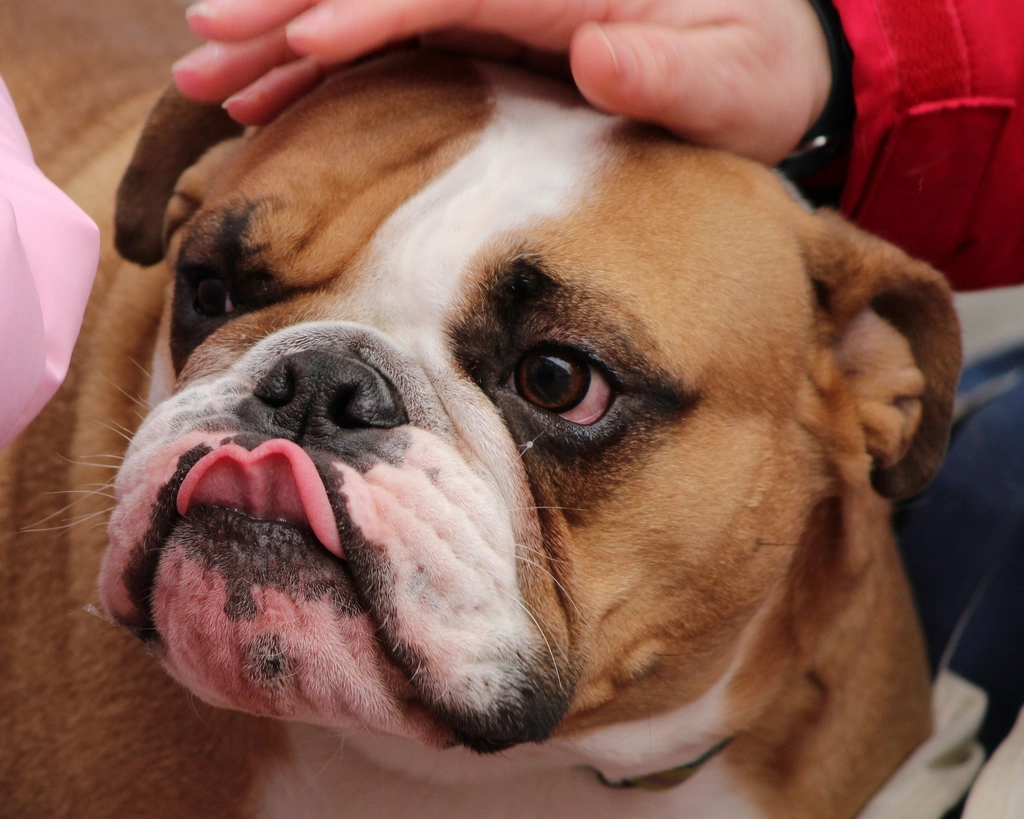It can be frustrating when your dog seems to ignore you, especially when you’re calling their name or giving a command. But don’t take it personally—there are several reasons why your furry friend might not be responding. Whether it’s a lack of training, distractions, or even unintentional reinforcement of bad habits, understanding the root cause is key. With patience, consistency, and the right approach, you can strengthen communication and rebuild trust with your pup. Let’s dive into why your dog might be tuning you out and how to fix it!
Understanding Canine Communication
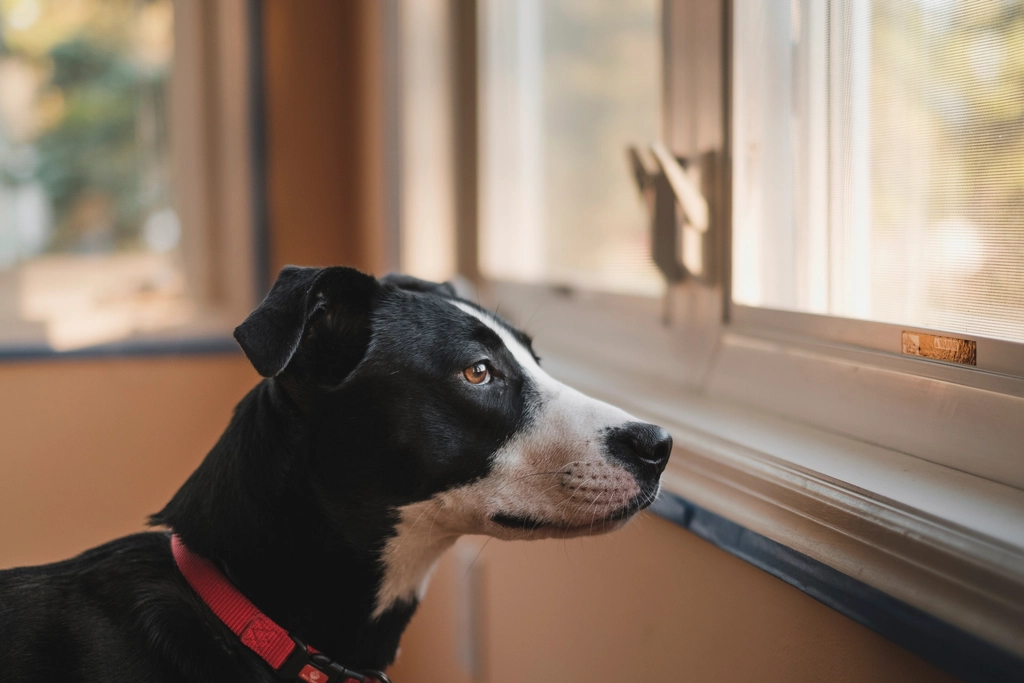
Dogs, much like humans, have their ways of communicating. While we use words, dogs rely on body language, eye contact, and vocalizations. Sometimes, when your furry friend seems to be ignoring you, it might simply be a case of miscommunication. Dogs may not understand your words, but they pick up on your tone and gestures. If your dog isn’t responding, it could be because they don’t recognize what you’re asking. Imagine trying to speak to someone in a foreign language; without understanding, it’s hard to engage. Learning how dogs communicate can be the first step in addressing the issue.
The Role of Training and Familiarity
Training plays a significant role in how your dog responds to you. If commands are not consistently reinforced, your dog might not see them as important. Think of it like learning to play an instrument; without practice, the skill fades. Familiarity with commands ensures your dog knows what you expect. Reinforcing behaviors with treats or affection can make a world of difference. Remember, consistency is key. Training sessions should be regular and fun, ensuring your dog looks forward to them.
Are There Distractions at Play?
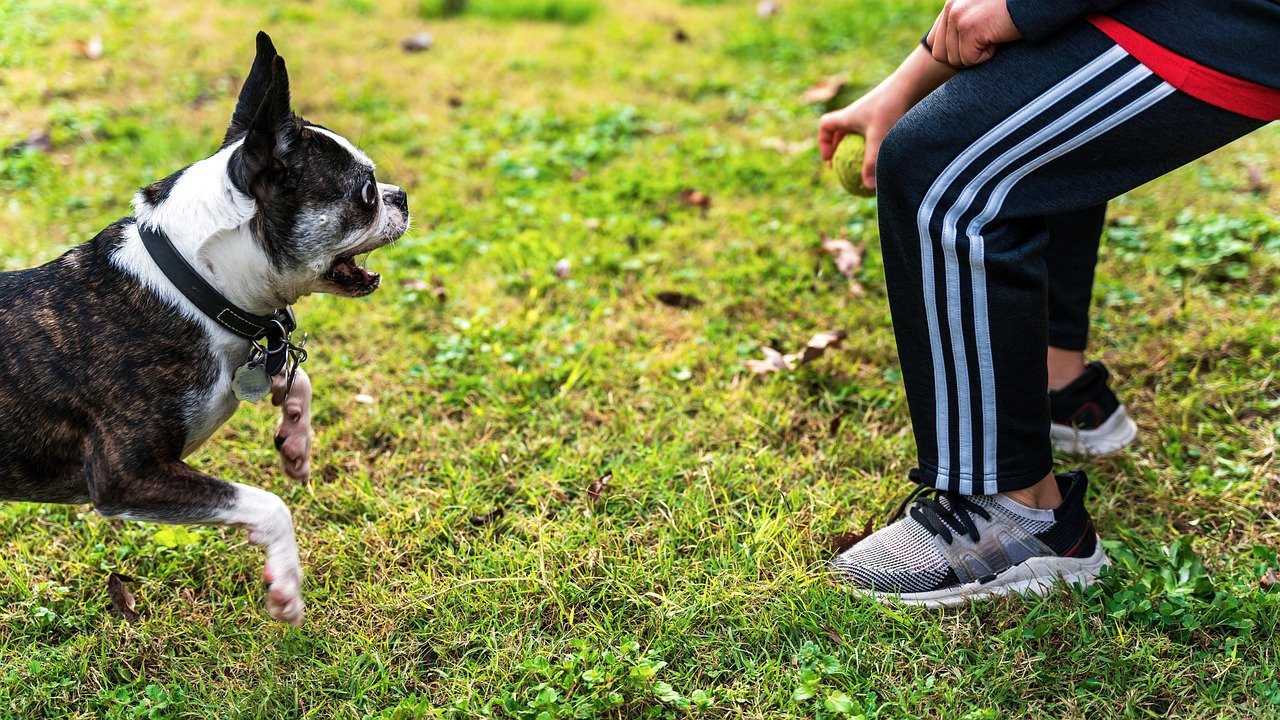
Dogs are curious creatures, and their environment can be filled with distractions. From the squirrel scampering across the yard to the neighbor’s dog barking, these distractions can pull your dog’s attention away from you. Picture trying to focus on a conversation in a bustling café; it’s challenging. To help your dog focus, choose a quiet, familiar spot for training and interactions. Gradually introduce distractions once your dog is more responsive, teaching them to prioritize your voice over external stimuli.
Assessing Your Dog’s Health
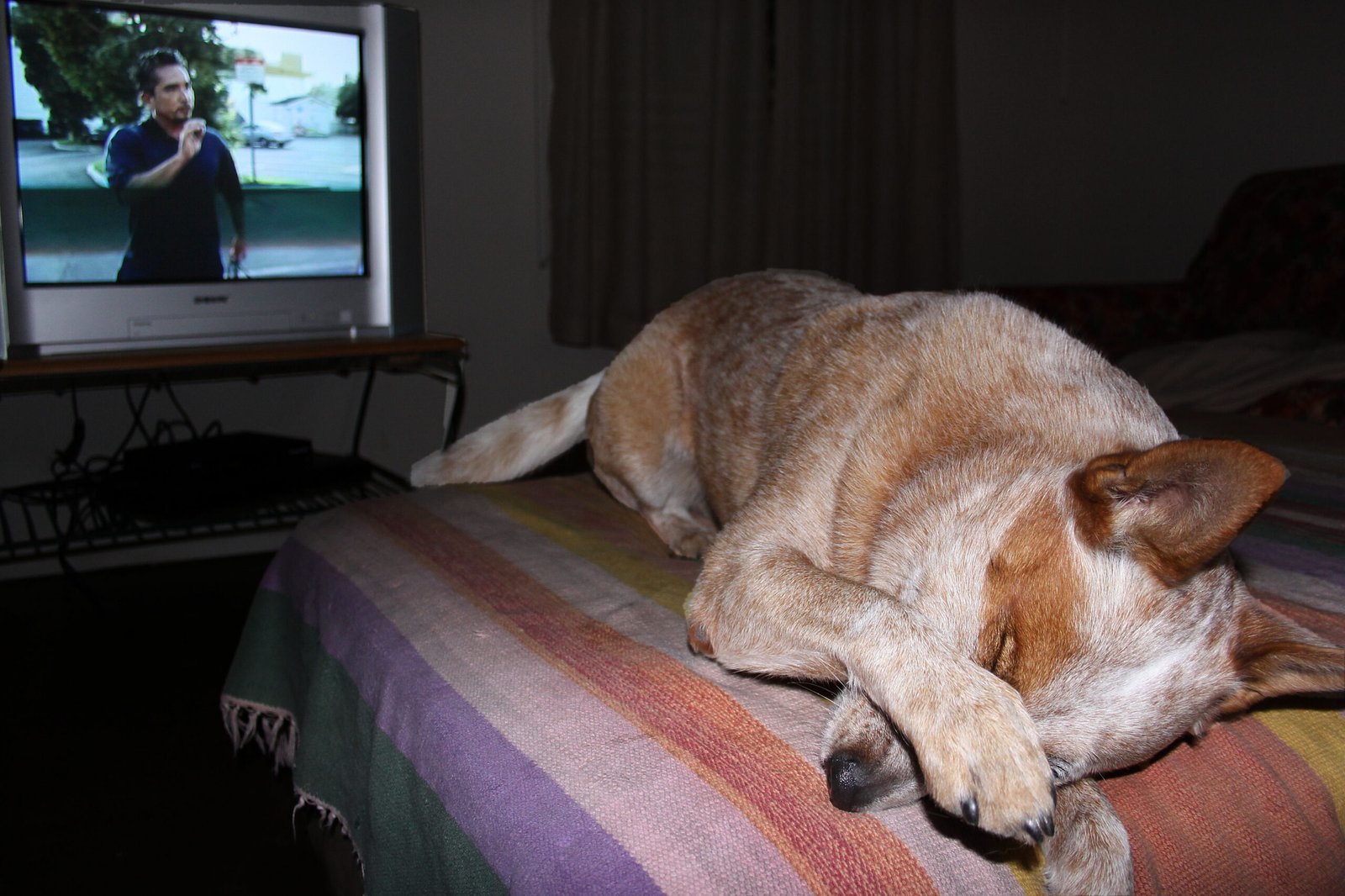
Sometimes, ignoring you might be a sign of a health issue. Dogs can’t tell us when they’re not feeling well, so changes in behavior can be a clue. If your usually attentive pup suddenly seems aloof, it might be time for a vet visit. Conditions like hearing loss or pain can affect how they respond. It’s akin to when we don’t feel well; we’re less likely to engage. Regular check-ups ensure that your furry friend is in tip-top shape and not ignoring you due to discomfort.
Building a Stronger Bond
A strong bond between you and your dog can improve communication and responsiveness. Spend quality time with your pup, whether it’s through play, walks, or cuddles. Think of it as nurturing a friendship; the more time you spend together, the stronger the connection. Building trust and understanding can lead to a more attentive and responsive dog. Activities that both you and your dog enjoy can make interactions more fulfilling and reduce instances of them ignoring you.
Understanding Your Dog’s Personality
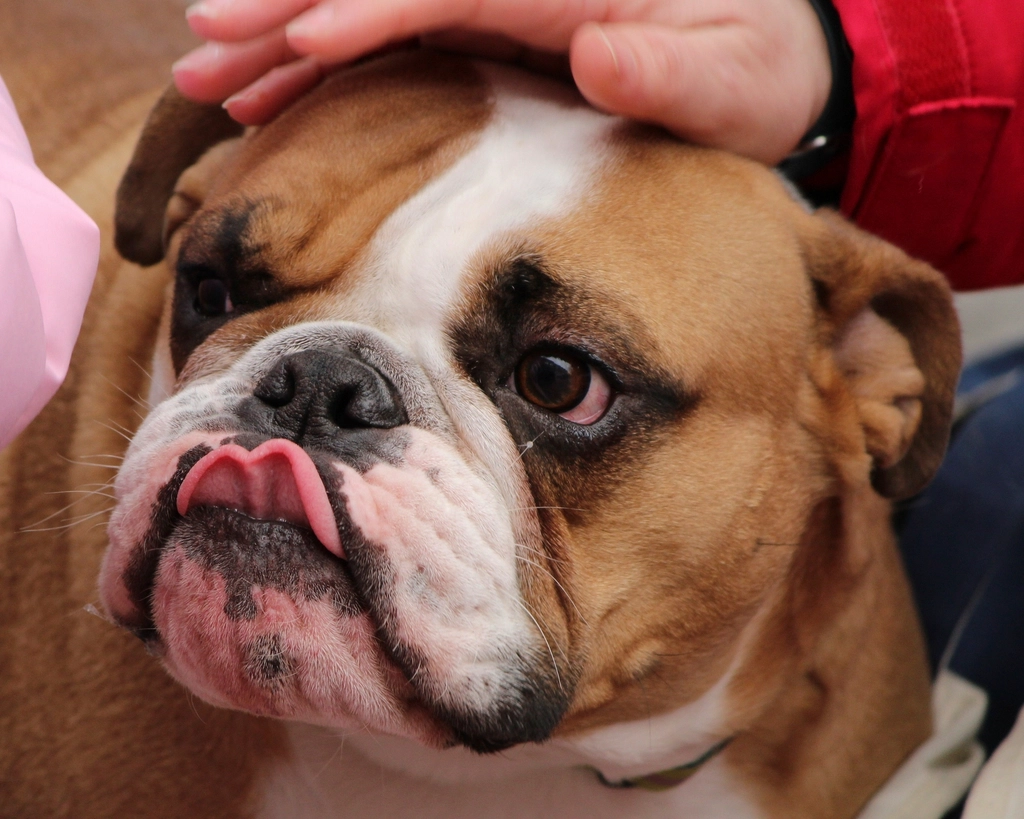
Every dog is unique, with its own personality and quirks. Some dogs are naturally more independent, while others are eager to please. Understanding your dog’s temperament can help you tailor your approach. For instance, a shy dog might need more encouragement, while a confident dog might be testing boundaries. Think of it like getting to know a new friend; understanding their likes and dislikes helps in building a better relationship. Tailoring your interactions to suit your dog’s personality can lead to better engagement.
The Importance of Patience
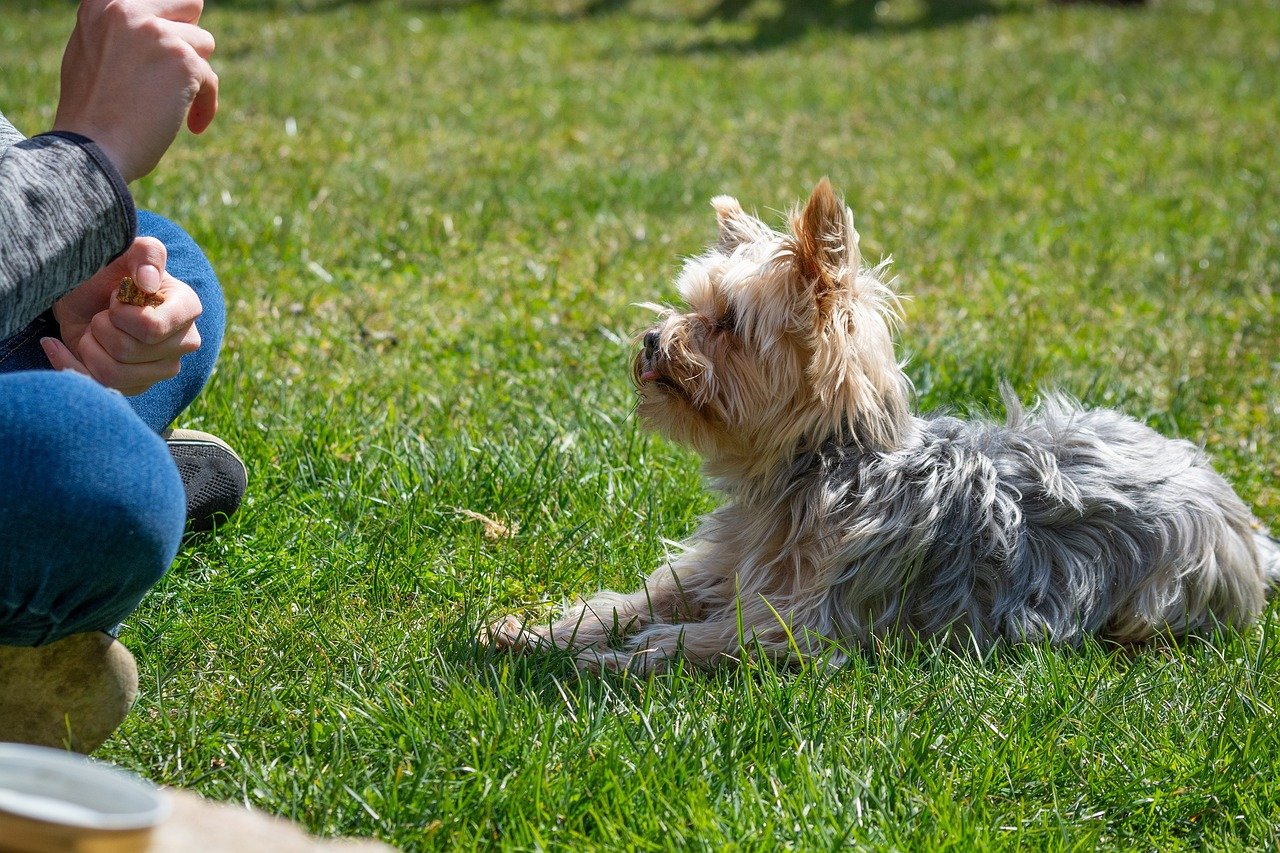
Patience is essential when working with dogs. Just like humans, dogs have their off days. There might be times when they’re simply not in the mood to listen. It’s like trying to have a conversation when you’re tired or distracted; it’s not always easy. Remaining calm and patient ensures that your dog doesn’t associate commands with frustration. Positive reinforcement and gentle reminders can help guide them back on track. Remember, patience fosters a more loving and understanding relationship.
Consistency in Commands and Signals
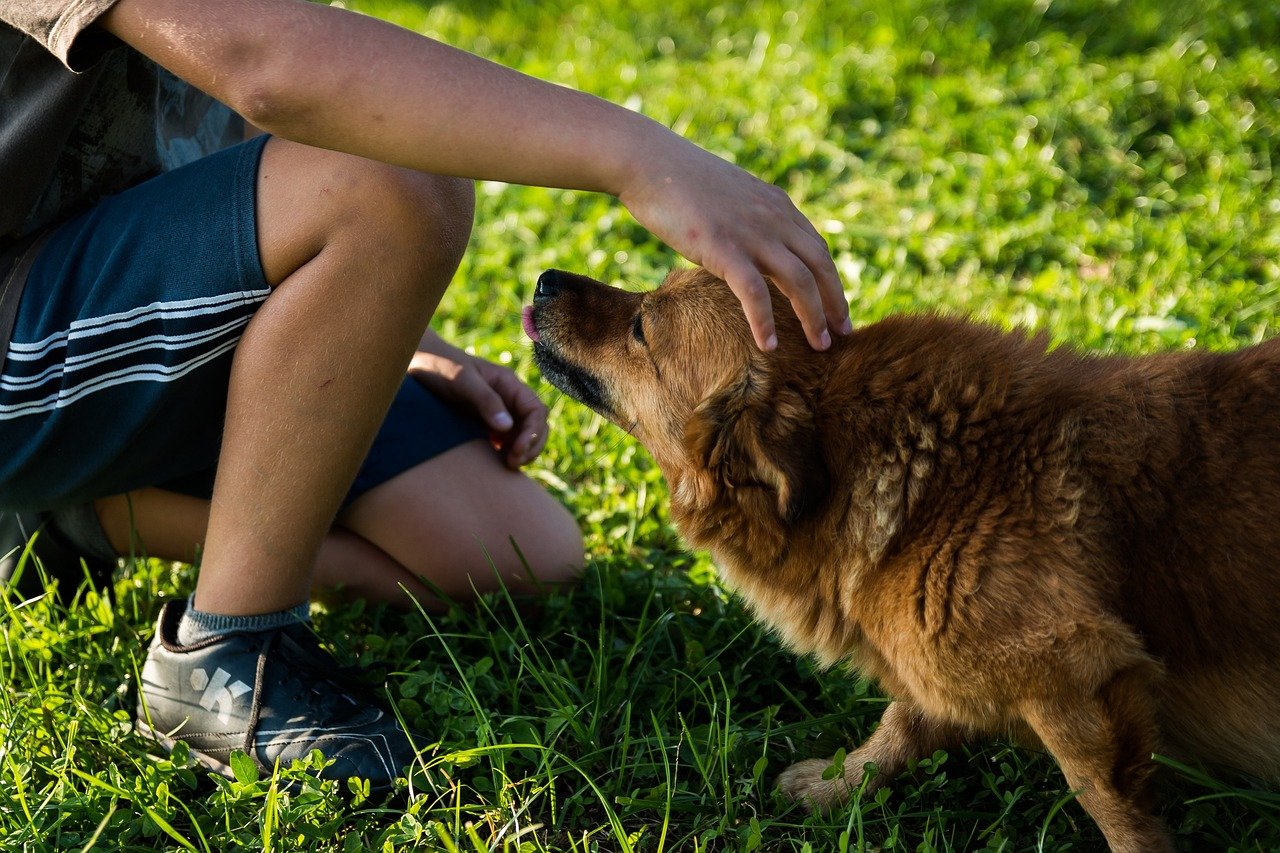
Consistency is crucial in ensuring your dog doesn’t ignore you. Using the same commands and signals helps your dog understand what you’re asking. Imagine learning a new skill; consistency makes it easier to grasp. Switching between different words or gestures can confuse your dog. It’s important to stick to a set of commands and use them regularly. This consistency helps reinforce learning and makes it easier for your dog to respond appropriately.
Creating a Reward System
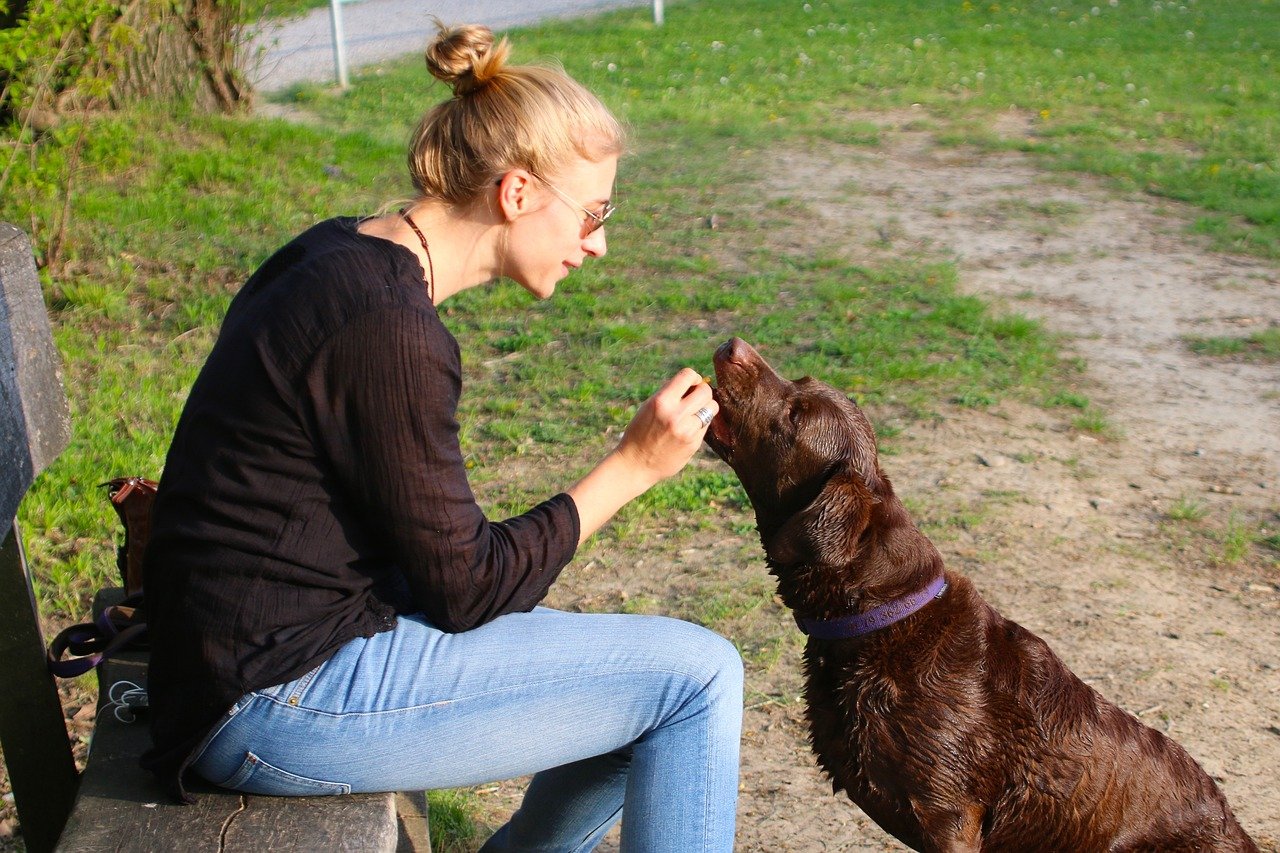
Rewards can be a great motivator for dogs. Whether it’s a tasty treat, a belly rub, or a favorite toy, rewards reinforce positive behavior. Think of it like getting a bonus at work; it’s motivating and encourages you to keep going. When your dog responds to a command, rewarding them reinforces the behavior. Over time, your dog will associate listening to you with positive outcomes, making them less likely to ignore you.
Conclusion
Addressing why your dog might ignore you involves a mix of understanding, training, and patience. By recognizing your dog’s unique communication style and needs, you can create an environment where they feel understood and eager to respond. Regular training, health checks, and a consistent approach can bridge the gap between you and your furry friend. Remember, every dog is different, and with time and effort, you can foster a loving and attentive relationship.
Jen is a passionate nature lover and ocean conservationist. She has dedicated her life to protecting the environment and preserving the beauty of the natural world. Growing up in a small coastal town, Jen sincerely appreciated the ocean and its inhabitants. She has spent countless hours exploring the shoreline, learning about the creatures that inhabit the waters, and advocating for their protection. Jen is an active member of ocean conservation organizations, and she is committed to educating the public about the importance of conserving wildlife and the natural environment.

